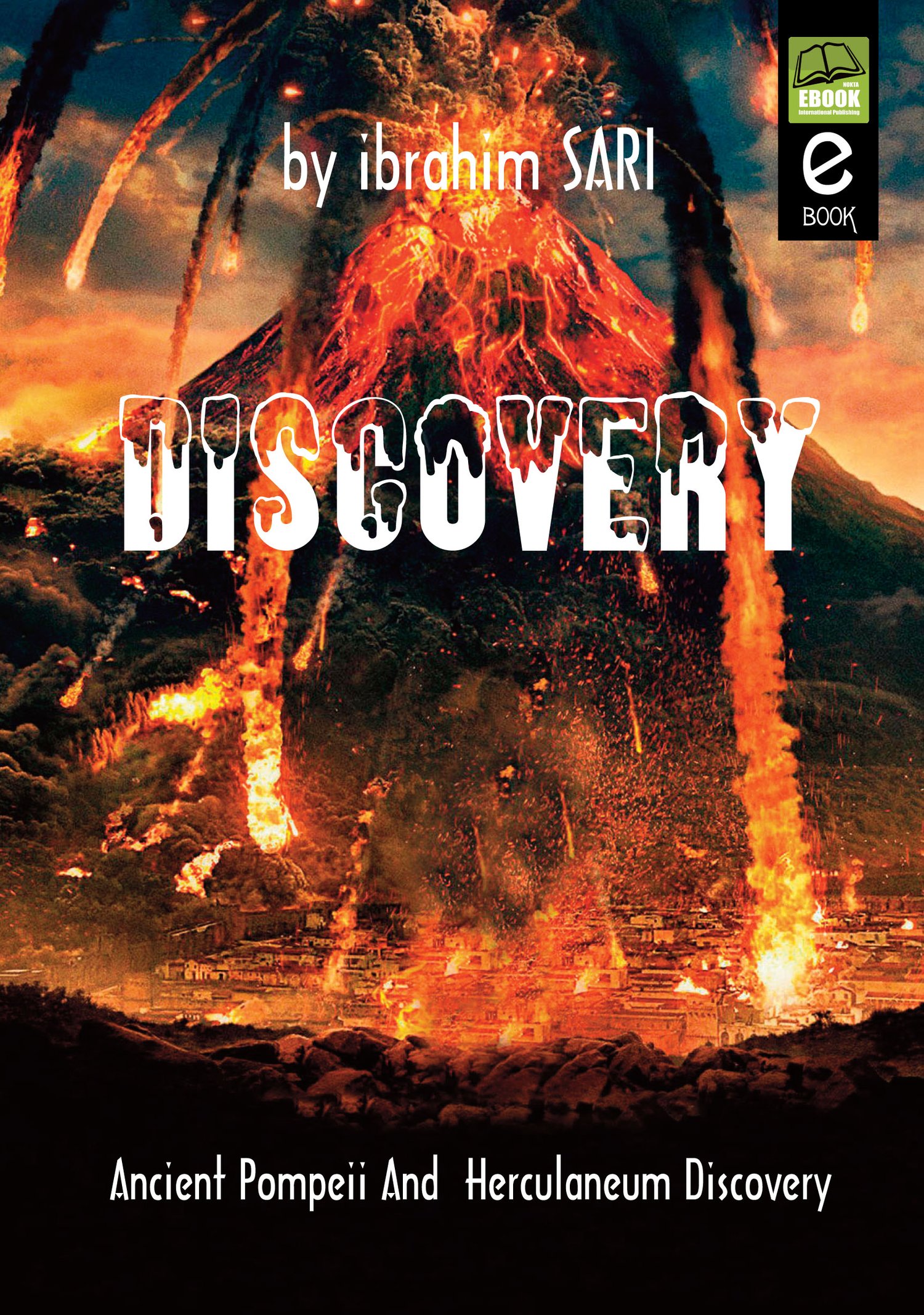
Discovery
The ancient and modern are often juxtaposed in an inseparable way in cities which are continuously inhabited since their foundation in antiquity.The architectural splendor of ancient Rome for example, is visible and traceable in several fragmented contexts in the heart of modern Rome; remains of ancient architecture are embraced and invaded by the modern city that grew around and over the ruins of its ancient counterpart. In only rare instances, such as the Pantheon, the Markets of Trajan and the Colosseum, or the impressive façade of the Temple of Zeus inserted into a later building, is it possible to see the monuments that once adorned ancient Rome still standing to their full height.
The remains of many other ancient cities on the other hand, are found at a distance from nearby modern settlements and are not encroached by buildings.
These ancient cities are actually more potent in revealing and displaying the ancient urban context in an un-fragmented state.
Yet the fact that these are often not well preserved and that large portions remain unexcavated hinder that potential, and to an untrained eye, the ancient city often looks like a spread of ruins.
While monuments like theaters or baths are in general well preserved and might partially stand to their full height, the ‘ancient city’ is often conceived as a walking track with a collection of building stones.
In several cases the remains of buildings whose walls are rarely preserved to their full height do not give a sense of how they once looked like.
Finding a still standing ancient building, let alone an ancient city, and wandering inside, therefore, is not a common experience.
Renowned for their superb preservation, Pompeii and Herculaneum are two exceptional examples.
The archaeological character and context ofthese two ancient cities, especially those of Pompeii, are exceptional inmany respects: Pompeii occupies a special place in Roman archaeology, for this city and its neighbors, notably Herculaneum, were remarkably well preserved under the volcanic debris that rained down from Mount Vesuvius in AD 79.
The ruins give an unequalled glimpse of the daily life of town dwellers during late republic and early Empire. In contrast, in Rome itself, because of continuing rebuilding throughout the Empire, remains from these periods are onl sporadically preserved (Gates, 2003, 343).
The fact that it was destroyed by a single natural disaster which rendered it largely (though not totally) inaccessible to the survivors and to succeeding generations means that what we have has not been altered, by later demolition, by the construction of buildings of later generations, and that by uncovering it what has been discovered is a unity, fixed in time.
We can see Pompeii as it was on that fateful day, whereas all the other cities in this book are only partial survivals, with buildings and other evidence often belonging to widely separate periods in their existence (Tomlinson, 1992, 175).
The on-going excavations in both cities brought to light not just individual buildings and artifacts but an urban fabric (Figure 1)(*).
In both towns not only monumental public buildings, as is often the case in several sites, but houses, streets, public buildings, commercial units, drainage channels, fountains, wells, city walls, cemeteries, parks and even some unfortunate inhabitants are unearthed (1)(Figure 2). In many areas the remains are preserved well up to their first storey, in some even up to the second, thus displaying the actual building size and appearance (Figure 3).
This is truly a rare case where both the public buildings and the private architecture of two neighboring ancient cities are uncovered in such a big scale and with such intensity.Unearthing and revealing such a vast and almost intact ancient context is an unusual phenomenon and has a remarkable history (2).
The excavation history of Pompeii and Herculaneum is a complex and long narrative displaying the gradual progress in not only the archaeological uncovering of an ancient urban context in its entirety but also in methods, objectives and documentation of this vast exposure (3).
This paper offers an informative insight into the first epoch of the excavations undertaken in Pompeii, Herculaneum and the nearby sites in the 18th century and illustrates the dynamics of excavation in the early Bourbon Period during which the digging narrative of Vesuvian archaeology was initiated; within the limits of an article it would be unfair to attempt to cover the entirety of this long, complicated and still evolving tale narrated by several events and actors.
